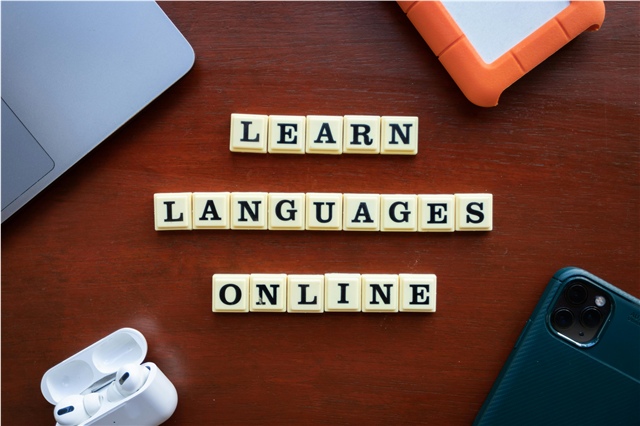
What are the benefits of using virtual labs in science education?
In today's rapidly evolving educational landscape, virtual labs are revolutionizing how students learn science. But what exactly makes these digital laboratories so powerful? Here are 15 fascinating facts that reveal why virtual labs are transforming science education worldwide.
? 1. Students Can Conduct "Impossible" Experiments
Virtual labs allow students to perform experiments that would be dangerous, expensive, or physically impossible in traditional settings. Want to explore atomic structures or manipulate DNA sequences? Virtual environments make the microscopic world tangible and interactive.
⏰ 2. 24/7 Access Equals Better Learning Outcomes
Unlike physical labs with limited operating hours, virtual labs are available around the clock. Studies show that students who can repeat experiments multiple times achieve 35% better comprehension rates compared to traditional one-time lab sessions.
? 3. Schools Save Up to 80% on Equipment Costs
Traditional science labs require expensive equipment, chemicals, and maintenance. Virtual labs eliminate these costs entirely. A single virtual lab subscription can serve thousands of students simultaneously, making quality science education accessible to underfunded schools.
? 4. Students Can Explore Anywhere on Earth (and Beyond)
Virtual labs transport students to impossible locations – from the depths of the ocean to the surface of Mars. Students can study volcanic eruptions in real-time, explore ecosystems in remote rainforests, or examine celestial bodies without leaving their classroom.
? 5. Mistake-Friendly Learning Environment
In virtual labs, students can make mistakes without consequences. Blow up a virtual beaker? No cleanup required. Incorrect hypothesis? Simply reset and try again. This fear-free environment increases student engagement by 60% compared to traditional labs.
? 6. Real-Time Data Collection and Analysis
Virtual labs automatically collect and graph data, allowing students to focus on scientific concepts rather than manual measurements. This instant feedback helps students understand complex relationships between variables more effectively.
? 7. Personalized Learning Paths for Every Student
Advanced virtual labs adapt to individual learning paces and styles. Struggling with a concept? The system provides additional guidance. Ready for more challenge? Advanced scenarios unlock automatically, ensuring 100% student engagement regardless of skill level.
? 8. Study Dangerous Substances Safely
Students can now work with toxic chemicals, radioactive materials, and deadly pathogens in a completely safe environment. This opens up advanced research opportunities without compromising student safety.
? 9. Unlimited Repeats for Perfect Practice
Unlike traditional labs where materials run out, virtual labs offer unlimited trials. Students can repeat experiments until they master techniques, leading to 50% improvement in practical skills according to recent educational studies.
? 10. Collaborative Learning Across the Globe
Virtual labs enable students from different countries to work together on the same experiment in real-time. This global collaboration exposes students to diverse scientific perspectives and methodologies.
? 11. Visual Learning for Complex Concepts
3D animations and interactive models make abstract concepts concrete. Students can manipulate molecules, observe cellular processes, or explore geological formations in ways that textbooks simply cannot match.
? 12. Mobile Accessibility Breaks Location Barriers
Modern virtual labs work on tablets and smartphones, allowing science education in remote areas without traditional laboratory infrastructure. Rural schools can now offer advanced science courses previously unavailable.
⚡ 13. Instant Experiment Reset Saves Valuable Time
Traditional labs often waste time on setup and cleanup. Virtual labs start instantly and reset with a single click, maximizing actual learning time and allowing more experiments per session.
? 14. Built-In Assessment Tools Track Progress
Virtual labs automatically grade experiments, track student progress, and identify knowledge gaps. Teachers gain detailed analytics to personalize instruction and improve learning outcomes by up to 40%.
? 15. Prepares Students for Future Careers
Today's scientific careers increasingly rely on computer modeling and simulation. Virtual labs give students essential digital skills while familiarizing them with the same technologies used in modern research facilities.
The Bottom Line: Virtual Labs Are Here to Stay
Virtual labs aren't replacing traditional science education – they're enhancing it. By combining the hands-on experience of physical experiments with the flexibility, safety, and accessibility of digital technology, virtual labs are making science education more effective, engaging, and equitable than ever before.
As technology continues to advance, virtual labs will become even more sophisticated, offering realistic haptic feedback, augmented reality integration, and artificial intelligence tutoring. The future of science education is virtual, and it's incredibly exciting.
Whether you're an educator looking to enhance your curriculum or a student seeking better learning opportunities, virtual labs represent one of the most significant advances in science education in decades. The question isn't whether to adopt virtual labs, but how quickly we can integrate them to benefit the next generation of scientists and innovators.
Ready to transform your science education experience? Virtual labs offer unlimited possibilities for discovery, learning, and scientific exploration – all without the constraints of traditional laboratory settings.



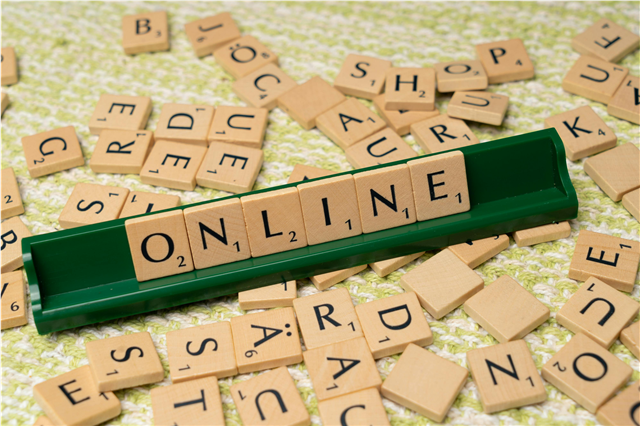
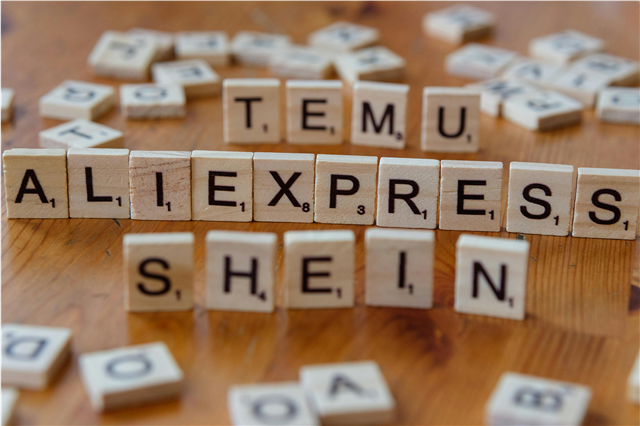
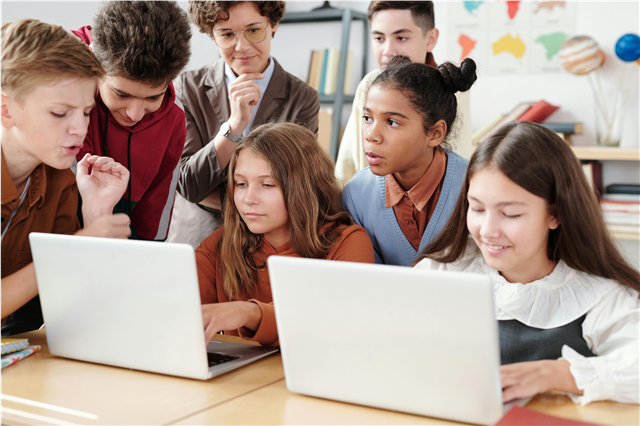
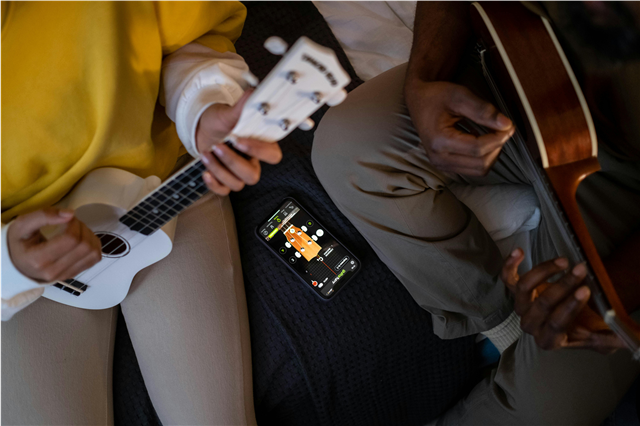
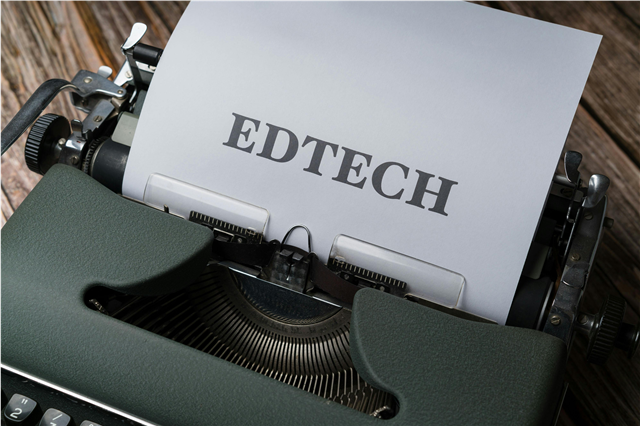







Post Comment